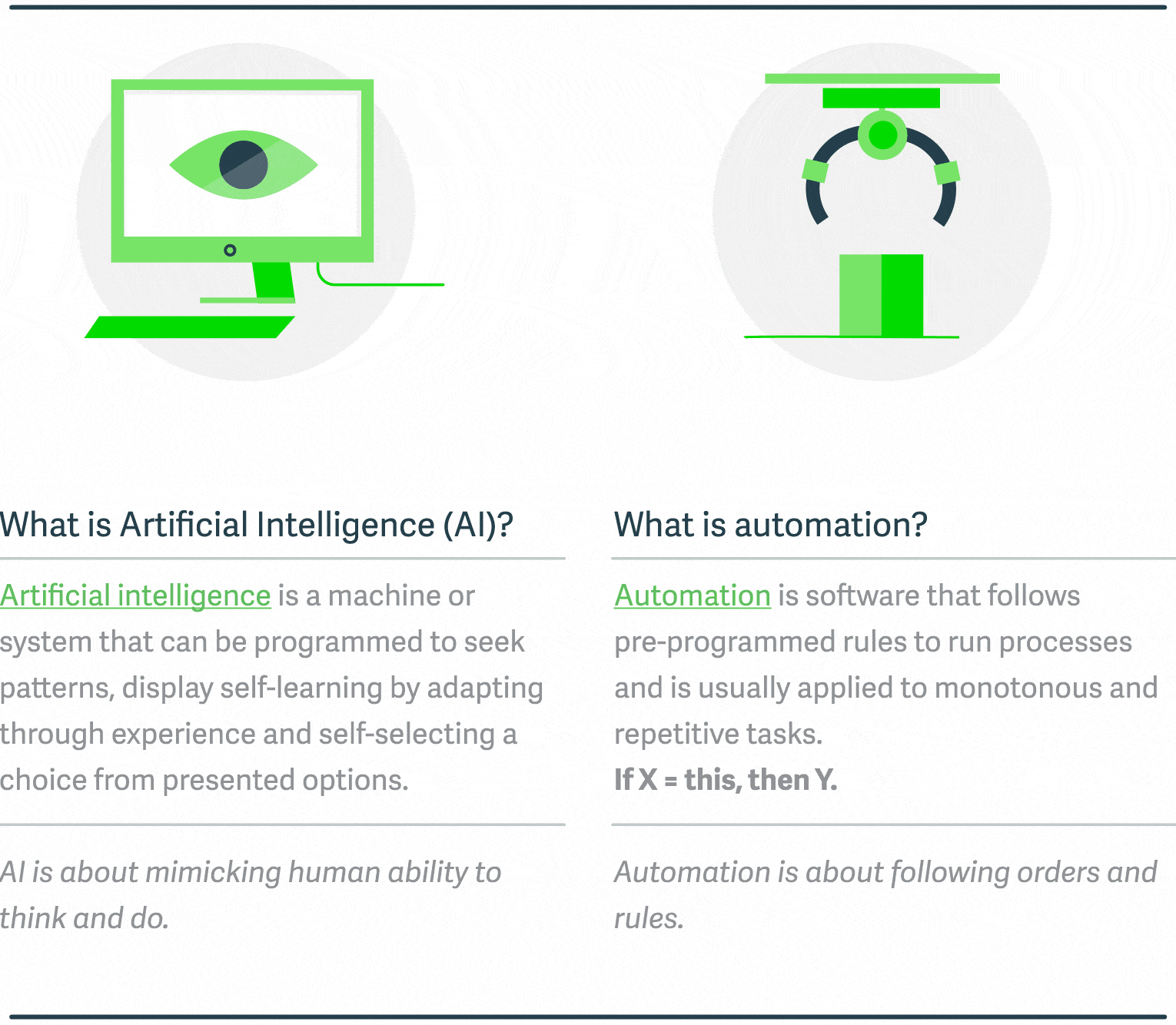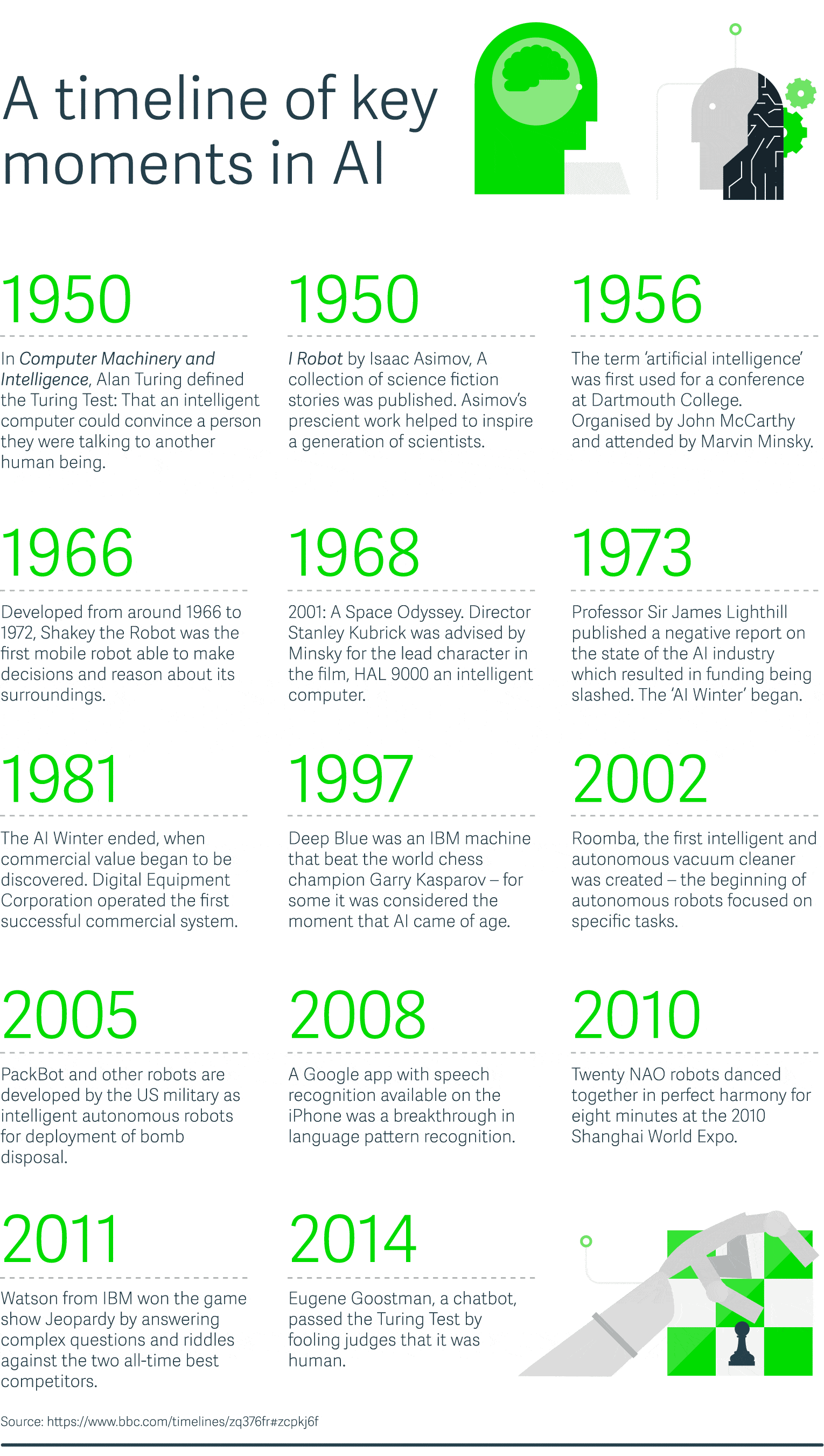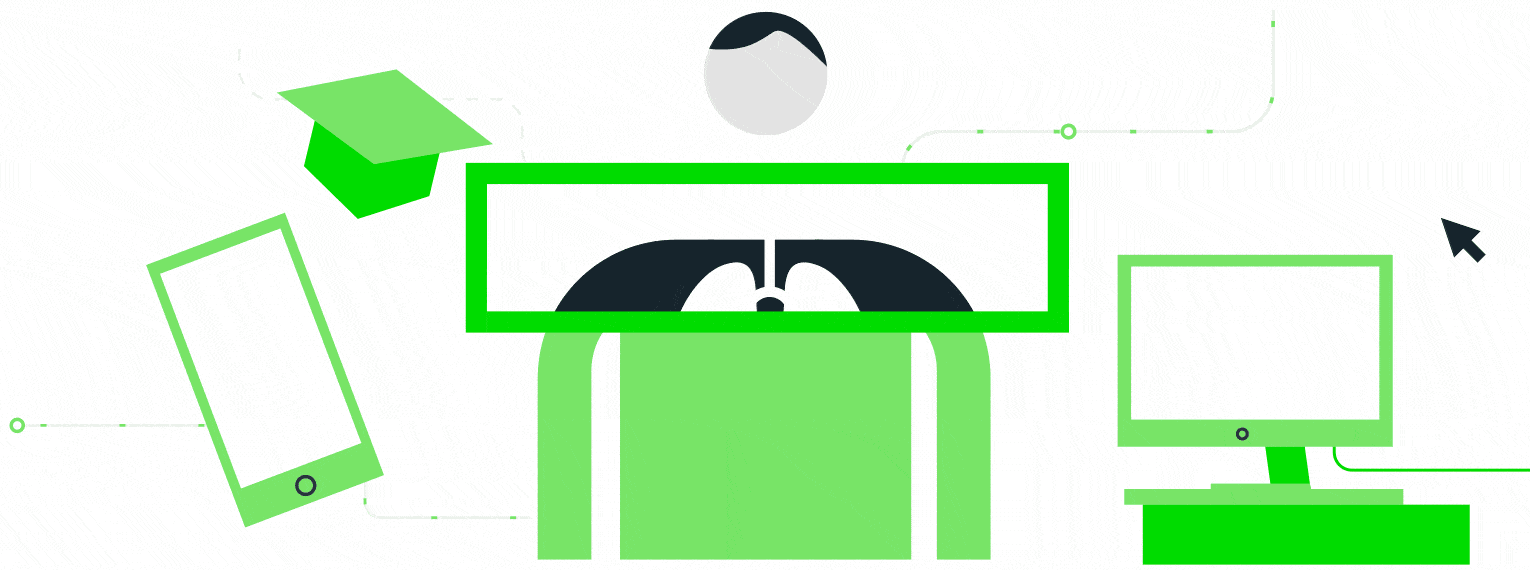AI and Automation in the Workforce

- Asavin Wattanajantra, Large Business Expert at Sage
- 03.07.2019 12:15 pm AI , Asavin is the global expert in large businesses at Sage. He focuses on enterprise-level technology and innovation, covering topics such as ERP, manufacturing, distribution, blockchain and artificial intelligence. He has over 10 years of experience working with enterprise software brands, initially as a journalist and then as a copywriter, content manager and analyst both client and agency-side. Before Sage, he worked with brands including Microsoft, Intel, SAP, Dell, Adobe and Rackspace. Other topics Asavin has written and commented on include industry 4.0, digital transformation, cloud innovation, data storage and cybersecurity. He also has written extensively on consumer technology topics such as applications, smartphones, tablets and PCs. In his spare time, he plays and watches a lot of football.
AI and Automation in the Workforce Artificial Intelligence (AI) and automation have grown to become more efficient and practical in everyday use, and this smart technology is bringing innovation to industries as companies implement AI and automation in their business practice. AI and automation can either be used together or separately in SMEs as they both can complete different jobs. AI is defined as a machine that can use independent reasoning and thinking to complete a task. Automation follows pre-programmed rules and is usually applied to repetitive tasks.  AI’s capabilities have grown over the years, as one of the earliest adaptations of AI was in 1950 when Alan Turing defined the Turing Test, where an intelligent computer could convince a person they were talking to another person-think the first Siri. Since then, machine learning has continued to grow more intelligent; so smart in fact that in 2014 a chatbot named Eugene Goostman passed the Turing Test by fooling judges that it was human.
AI’s capabilities have grown over the years, as one of the earliest adaptations of AI was in 1950 when Alan Turing defined the Turing Test, where an intelligent computer could convince a person they were talking to another person-think the first Siri. Since then, machine learning has continued to grow more intelligent; so smart in fact that in 2014 a chatbot named Eugene Goostman passed the Turing Test by fooling judges that it was human.  The concern with the rapid increase of AI and automation in businesses has left people worried about whether they will be replaced at their work. The future suggests that rather than AI and automation taking over people’s jobs completely, they will simply take over the mundane and monotonous tasks, freeing up resources for people to move on to more challenging and rewarding responsibilities within a company. With that, there are numerous applications for AI and automation applied across a wide range of industries, from education, healthcare, to banking.
The concern with the rapid increase of AI and automation in businesses has left people worried about whether they will be replaced at their work. The future suggests that rather than AI and automation taking over people’s jobs completely, they will simply take over the mundane and monotonous tasks, freeing up resources for people to move on to more challenging and rewarding responsibilities within a company. With that, there are numerous applications for AI and automation applied across a wide range of industries, from education, healthcare, to banking. 
For instance, in healthcare, AI can be used to detect cancerous tumors in radiology images in a more efficient manner, allowing doctors to shorten diagnostic timeframes. This means that patients can receive treatment quicker. AI is also used to examine large datasets and can make informed decisions about diseases, while also helping doctors create optimized treatment plans. Patients that need at-home care can also benefit from AI technology as it can remind patients to take medication, or even call the ambulance in an emergency. Education is another sector that has started to see a rise in AI usage in devices as students can now learn from Tutoring Systems. Tutoring systems can analyze how the student processes and learns information, and by using this data, teachers can create a tailored plan to meet students learning needs. AI can also help streamline administration tasks with tools that can grade papers, allowing teachers to focus more time on creating teaching plans for students. Banks use AI by creating algorithms to detect debit and credit card fraud as AI devices can scan large amounts of data. This is often the reason why your card is declined if you try to use it overseas or to purchase a big-ticket item. As this technology evolves, it should reduce the number of false declines which currently affect card users and businesses. AI algorithms are also used by financial service professionals to conduct credit reports, process mortgage applications, manage money and transactions, as well as trade on the stock market. While there are many examples of AI in the workforce as technology becomes more sophisticated, automation has been heavily used in manufacturing, as machines have been used in this industry since the mid-20th century. Automation has helped reduced accident rates and made manufacturing plants safer as they’re used for dangerous tasks like welding, as well as picking and packing. Basically, they excel at repetitive tasks. Implementing AI and automation can come with barriers for companies; namely the price tag. SMEs can have issues with the cost of integrating this technology into their work processes as AI and automation can be costly. There is a silver lining though, as these robots becomes more mainstream, costs should decrease and equipment that specializes in certain processes can come with payment plans. For more information on how your business may benefit from AI and automation, click here.


























